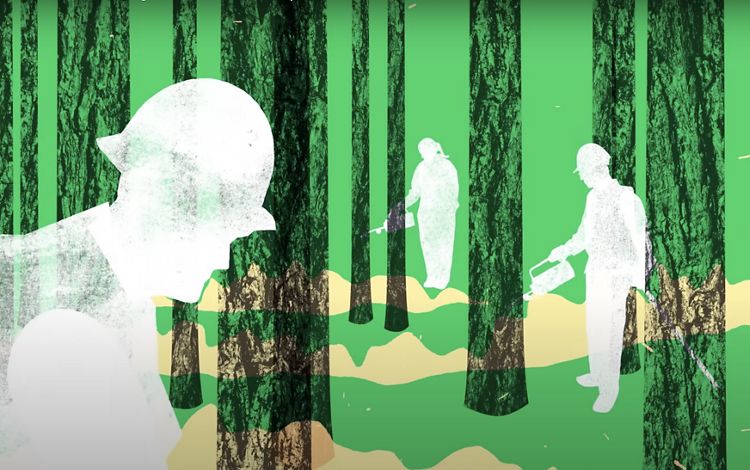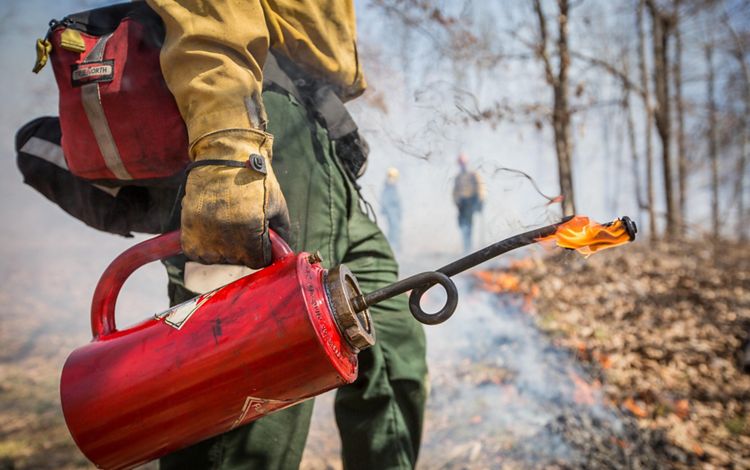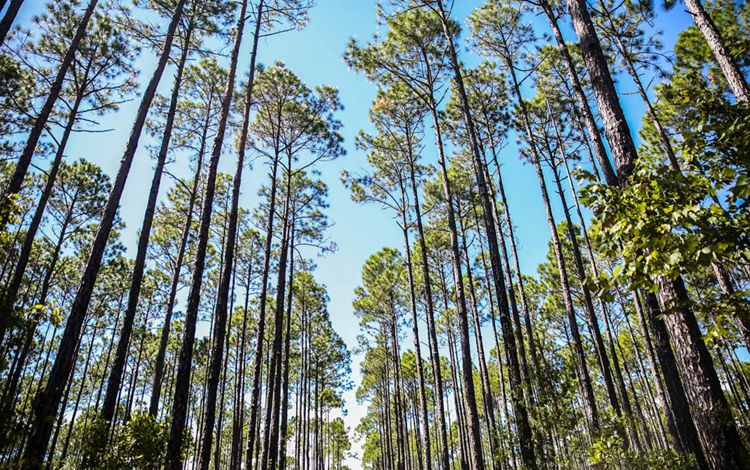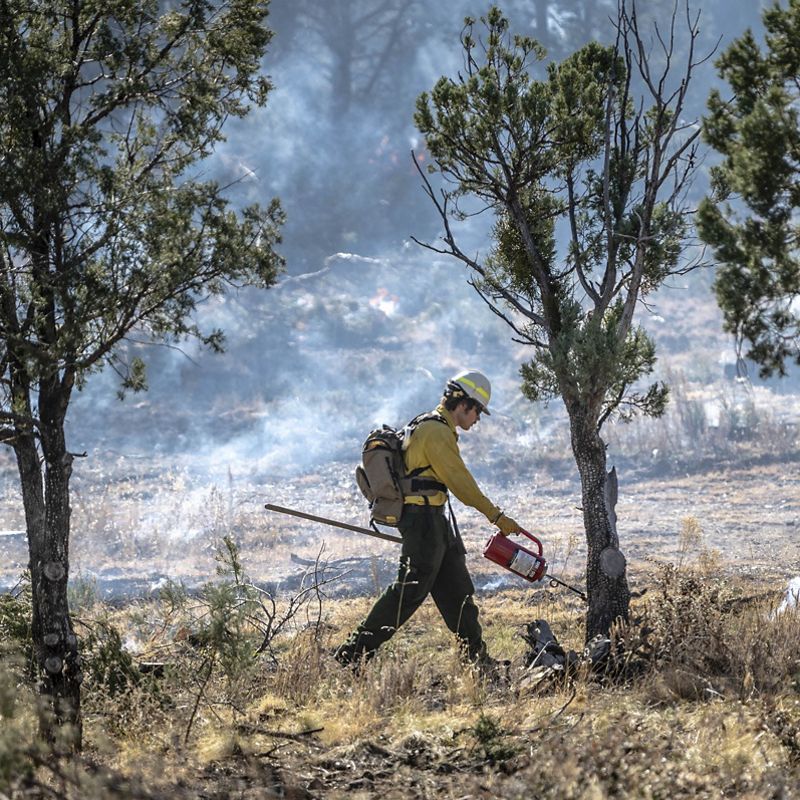
Fire: A Prescription for Ecosystem Health
Inflation Reduction Act Promotes Partnership on National Forests
Will Joy has fought his share of forest fires over the past decade, mostly as an employee of the U.S. Department of Agriculture’s Forest Service. He’s proud of this work, as he knows that fighting wildfires can save lives and property.
Joy, now a prescribed fire specialist with The Nature Conservancy in New Mexico, is equally aware that a century of fire suppression has contributed to North American forests overloaded with fuel, like dead trees and brush, and vulnerable to extreme fires that can be devastating. He knows that when fire is more common on the land, its presence—in appropriate intervals and intensity—can slow the spread and reduce the severity of wildfires, like those he used to fight.
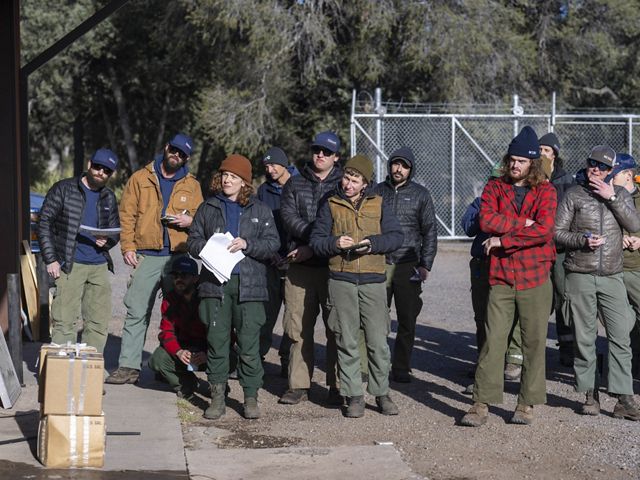
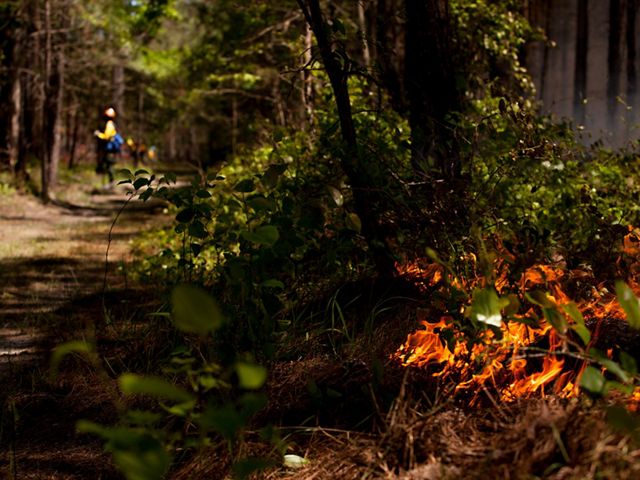
Why We Work With Fire
While wildfires can be devastating, the absence of fire can damage ecosystems and Indigenous cultures. The Nature Conservancy has conducted controlled burns to restore health and diversity to natural lands for over 60 years. Learn more about how and why we work with fire.
In December 2023, with funding provided by the Inflation Reduction Act, Joy and a crew of TNC fire practitioners worked side by side with the Forest Service to complete planned fires (typically called a controlled burn or prescribed fire) in the Gila National Forest of New Mexico. While TNC and the Forest Service have long collaborated on fire, this was one of the first such burns supported through agreements reached in 2023 expanding the partnership between TNC and the Forest Service. Through these recent agreements, over the next five years the partners will expand the prescribed fire workforce, reduce wildfire risk to communities and use beneficial fire to improve the health of the forests.
“It’s about being proactive rather than reactive,” Joy says, in explaining why he now prefers controlled burns instead of fighting wildfires.
Quote: Will Joy
If we can do a better job of putting fire on the ground, we can restore ecosystems and protect homes and lives.
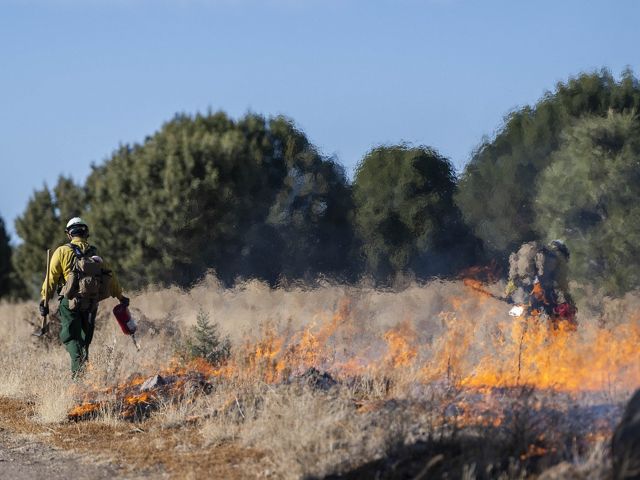
Joy’s first prescribed fire was in the hardwood forests of the Land Between the Lakes, a national recreation area in Kentucky and Tennessee managed by the Forest Service. He also spent time working in southern pine forests in Florida before moving to the southwestern U.S. The locations change, but the story is the same just about everywhere in North America: many landscapes have for centuries been shaped by fire, much of it purposefully set by Indigenous people who used fire as a tool to manage forests and grasslands for game and other purposes.
“I don’t think there is an ecosystem in America that hasn’t been shaped by fire,” Joy explains. “And people have been managing forests and grasslands with fire for a very long time.”
Fire suppression by modern forest managers has contributed to forests that are overloaded with dead trees and brush, tinder piles just waiting for a spark. Prescribed fire is one of the best tools available to reduce the risk of wildfire and maintain healthy ecosystems. But to truly realize those benefits, this type of beneficial fire needs to be used at a much larger scale.
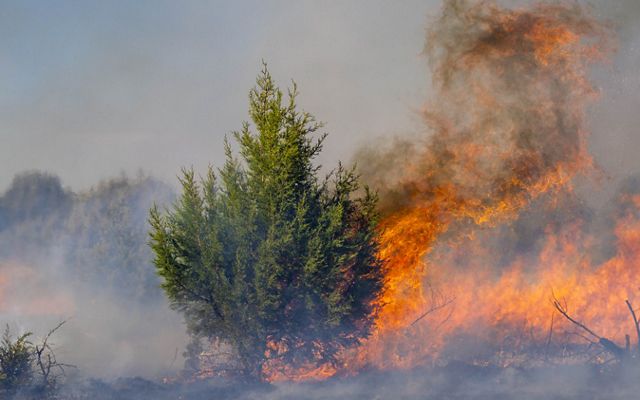
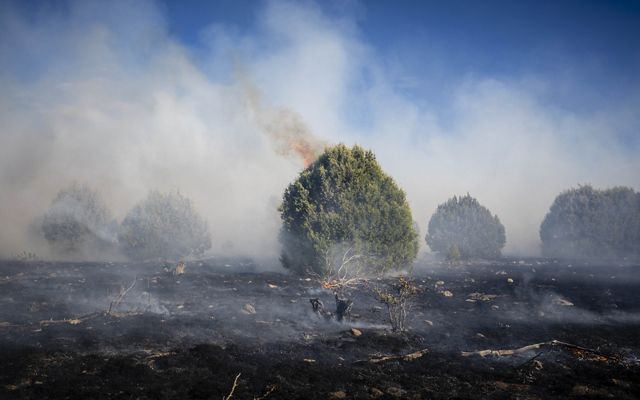
The Forest Service has the science and the expertise to make it happen, but the agency’s limited resources have been strained by the increasing number and severity of catastrophic wildfires—often exacerbated by extended drought and extreme heat that are caused by climate change.
When Congress approved the Inflation Reduction Act in 2022, the federal government’s largest investment in tackling climate change, it set aside $1.8 billion for hazardous fuels reduction on national forest lands and grasslands in what’s called the wildland-urban interface, which is defined by proximity to developed lands. This provided an opportunity to increase the agency’s capacity to do prescribed burns on its own and in partnership with groups like TNC.
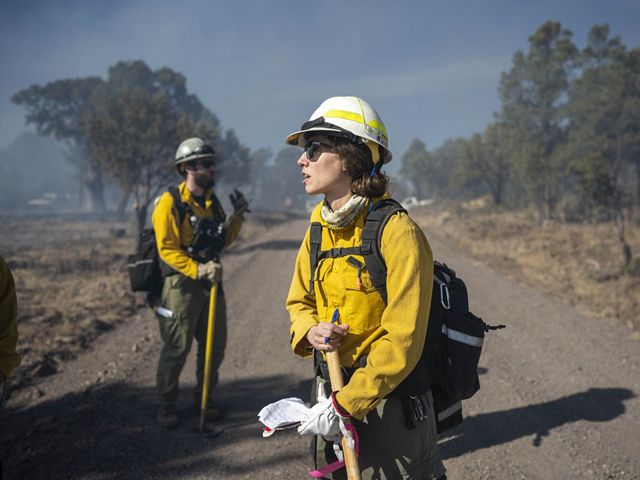
Quote: Jamie Tripp
With these historic investments, we can significantly expand the work we’ve been doing to build a multi-organizational workforce with the specialized skillset needed to reduce the risk of wildfire.
“The wildfire crisis is not a federal problem or a local problem, it is a collective problem that will only be solved by working together,” said Jamie Tripp, U.S. Forest Service branch chief of fuels operations. “With these historic investments, we can significantly expand the work we’ve been doing to build a multiorganizational workforce with the specialized skillset needed to reduce the risk of wildfire. Our goal is to be able to work at the larger scale needed to realize all the benefits of prescribed fire,” she added.
The Gila fire project “is a perfect example of how TNC is able to come in and fill gaps and support land management agencies like the Forest Service,” says Joy, who knows from experience that, as the wildfire season winds down, it’s time to do controlled burns in many parts of the country. But to make that happen, the agency’s fire team needs some help from crews with fire training.
“These (federal agency) firefighters have been working outrageous hours for months,” he explains. “The burnout is intense.”
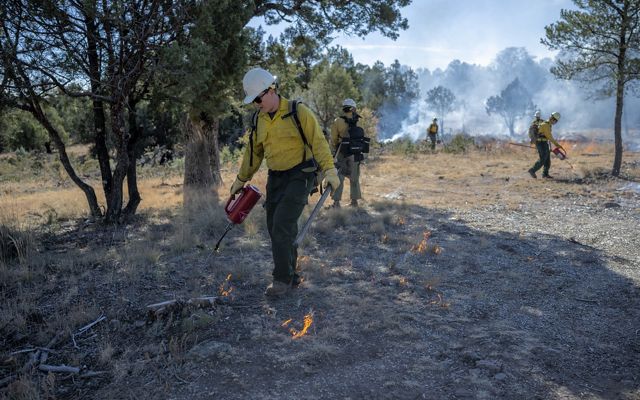
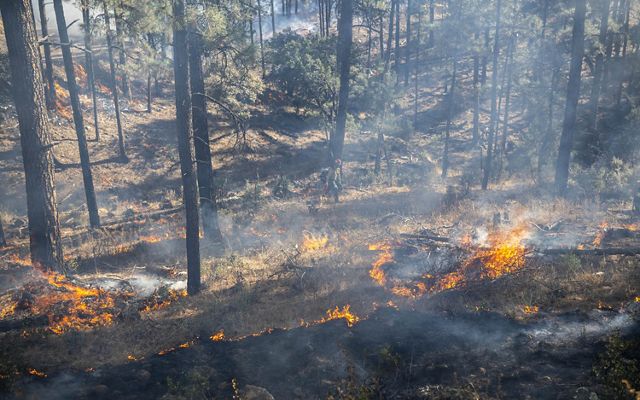
TNC is uniquely positioned to support this work. It has a 60-year history of working with fire (20 years of which have been in partnership with the Forest Service). It also has 500 staff qualified under national standards followed by federal agency fire practitioners.
The sparse, grassy conifer forests in the rugged hills of the Gila National Forest evolved with fire, and have suffered from years of fire suppression. A team of 20 TNC staff worked the Gila prescribed fires, which took place at 7,000 feet, amid pine and juniper. Burning in the winter allowed the fires to burn slowly and at low intensity, fulfilling the prescription the forest managers developed well in advance of the fire.
Tell Congress to Protect Conservation Funding
Government action on conservation is at an all-time high. We need to keep that going.
Pledge Your SupportTNC's History with Prescribed Fires

